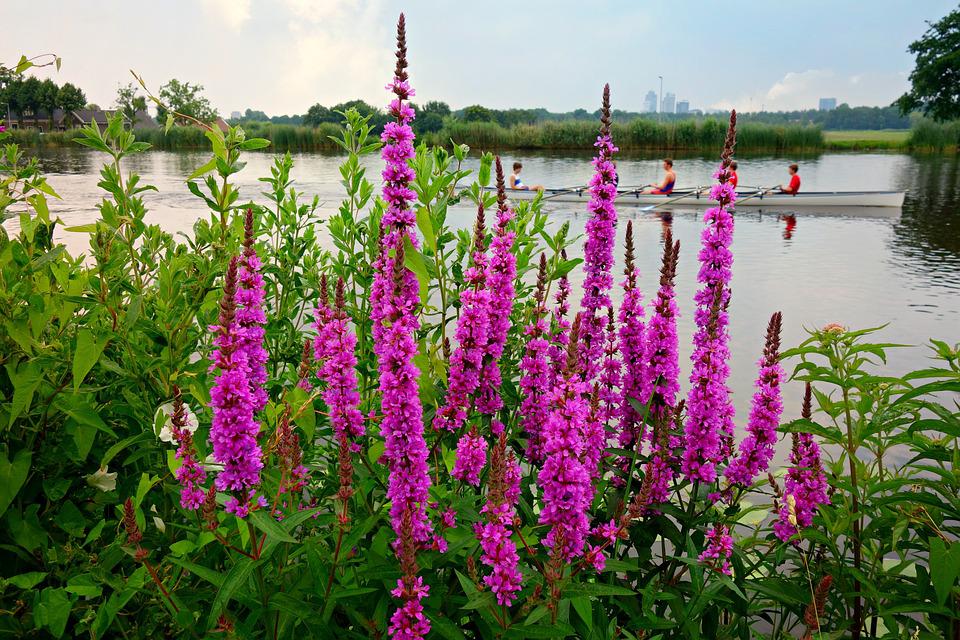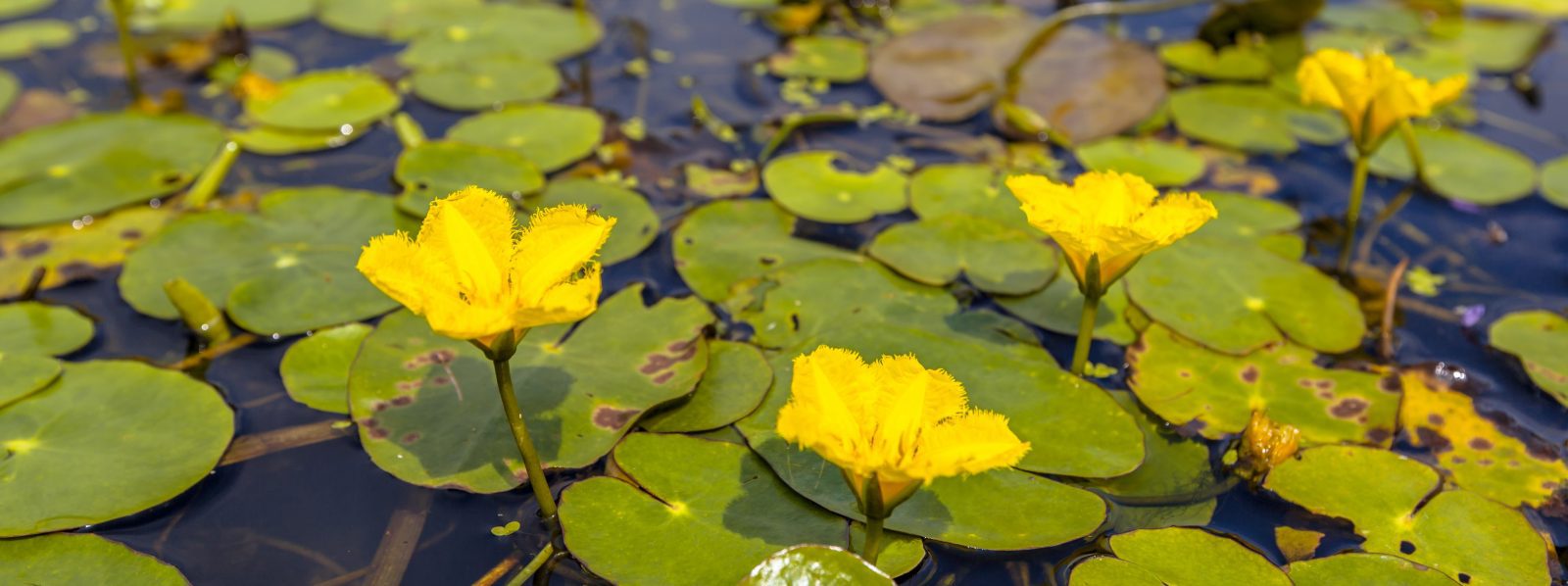Federal Noxious Weeds in North Carolina
Several attractive plants have been introduced to gardeners and landscaping companies through the ornamental industry. Most of these non-native plants stay right where they were planted as well as have no unintentional consequences. Nonetheless, there are constantly going to be a couple of negative players that escape cultivation and also trigger severe injury to the environment. Two plants that are of certain concern in North Carolina are Purple Loosestrife and also Yellow Floating Heart.

Purple Loosestrife
Purple Loosestrife (Lythrum salicaria) was presented into N.C. as an ornamental plant in the early 1990s and has actually continued at the very least in one place for more than twenty years in spite of yearly control efforts. This extremely intrusive seasonal plant is a Federal Noxious Weed, and quite normal in several states to our north (Minnesota, Wisconsin, Michigan), yet is not yet prevalent in N.C. This plant has gorgeous purple/pink flowers and enjoys damp as well as swampy areas. It thrives in marsh areas and will at some point out-compete the native swamp plants that provide useful food as well as habitat for wild animals.
Each plant can create countless seeds in a year, and also one plant can have 30-50 seed heads if left unattended. The N.C. Division of Agriculture is actively monitoring three infestations of Purple Loosestrife in Guilford, Henderson, and also Onslow Counties. In N.C., Purple Loosestrife has actually been found growing in industrial and also domestic landscapes. Important to know, offering for sale or moving Purple Loosestrife or any other plants that are on the state and federal Poisonous Weed Listings is forbidden.

Yellow Floating Hearts
The Floating Hearts are a more recent intro into the N.C. water garden industry. Although there are numerous native Nymphoides, 2 varieties within the genus – Yellow (N. peltata) as well as Crested (N. cristata) Floating Heart pose the greatest hazard to our state and also are both Class A state Noxious Weeds.
These ornamental water plants have heart-shaped leaves the dimension of a golf ball, and also either yellow or white flowers with 5-petals. The plants are rooted in soil, however the leaves as well as flowers drift on the surface of the water. The plants have outstanding reproductive capacities; producing seeds and also ramets, while likewise developing brand-new plants from leaf and also stem cuttings (called fragmentation) in addition to daughter plants formed along the stem. The plants were widely offered in the water garden profession until the N.C. Division of Agriculture placed these plants on the state Noxious Weed checklist in 2011.
Crested Floating Heart has actually been an exceptionally invasive plant in South Carolina, growing from a two-acre problem in Lake Marion to over 2,000 acres in just two years! Just one place of Crested Floating Heart has actually been discovered in N.C. thus far. It is practically totally eradicated. Monitoring of Yellow Floating Heart, nonetheless, verifies to be more of a challenge. There are presently 15 different known invasions in the state, ranging in area from Burke County in the Mountains to Lee County in the Piedmont region, to Craven County in the Coastal Plain area. This plant is extremely adaptable and will grow in a selection of temperature and also water quality atmospheres. It is assumed that some of the infestations were planted deliberately by house owners, and others might have been introduced by waterfowl. Keep watch for this gorgeous, however invasive plant! It began blooming in May and will proceed to flower until frost in N.C. The blossoms are one of the simplest means to identify this plant.

